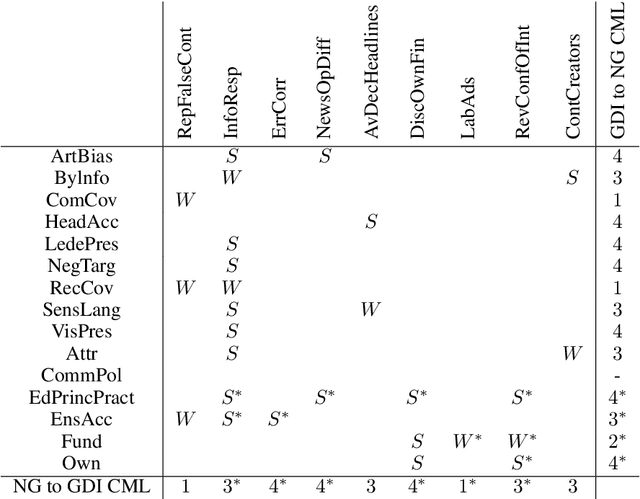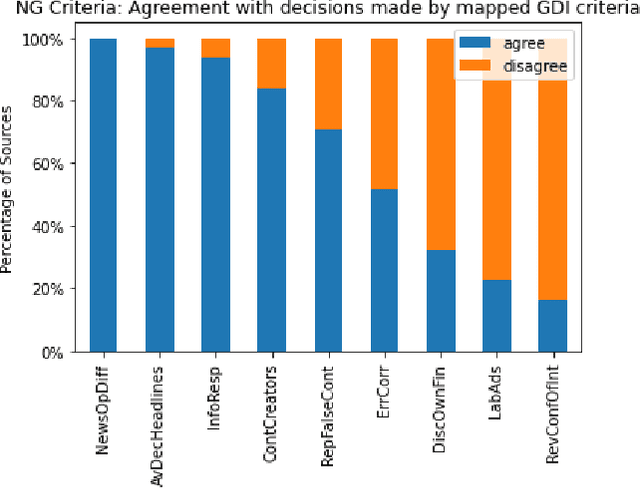Manuel Pratelli
Evaluating Trustworthiness of Online News Publishers via Article Classification
Jan 03, 2024Abstract:The proliferation of low-quality online information in today's era has underscored the need for robust and automatic mechanisms to evaluate the trustworthiness of online news publishers. In this paper, we analyse the trustworthiness of online news media outlets by leveraging a dataset of 4033 news stories from 40 different sources. We aim to infer the trustworthiness level of the source based on the classification of individual articles' content. The trust labels are obtained from NewsGuard, a journalistic organization that evaluates news sources using well-established editorial and publishing criteria. The results indicate that the classification model is highly effective in classifying the trustworthiness levels of the news articles. This research has practical applications in alerting readers to potentially untrustworthy news sources, assisting journalistic organizations in evaluating new or unfamiliar media outlets and supporting the selection of articles for their trustworthiness assessment.
A Structured Analysis of Journalistic Evaluations for News Source Reliability
May 05, 2022



Abstract:In today's era of information disorder, many organizations are moving to verify the veracity of news published on the web and social media. In particular, some agencies are exploring the world of online media and, through a largely manual process, ranking the credibility and transparency of news sources around the world. In this paper, we evaluate two procedures for assessing the risk of online media exposing their readers to m/disinformation. The procedures have been dictated by NewsGuard and The Global Disinformation Index, two well-known organizations combating d/misinformation via practices of good journalism. Specifically, considering a fixed set of media outlets, we examine how many of them were rated equally by the two procedures, and which aspects led to disagreement in the assessment. The result of our analysis shows a good degree of agreement, which in our opinion has a double value: it fortifies the correctness of the procedures and lays the groundwork for their automation.
 Add to Chrome
Add to Chrome Add to Firefox
Add to Firefox Add to Edge
Add to Edge